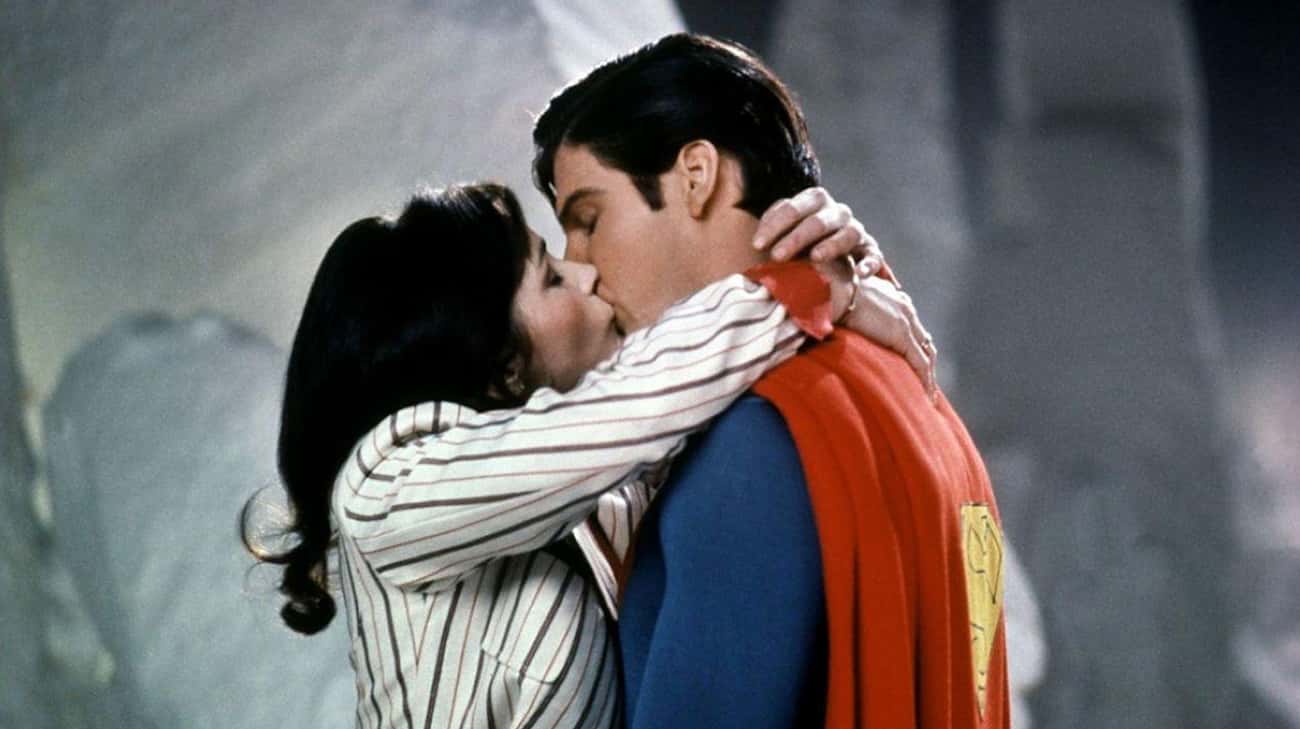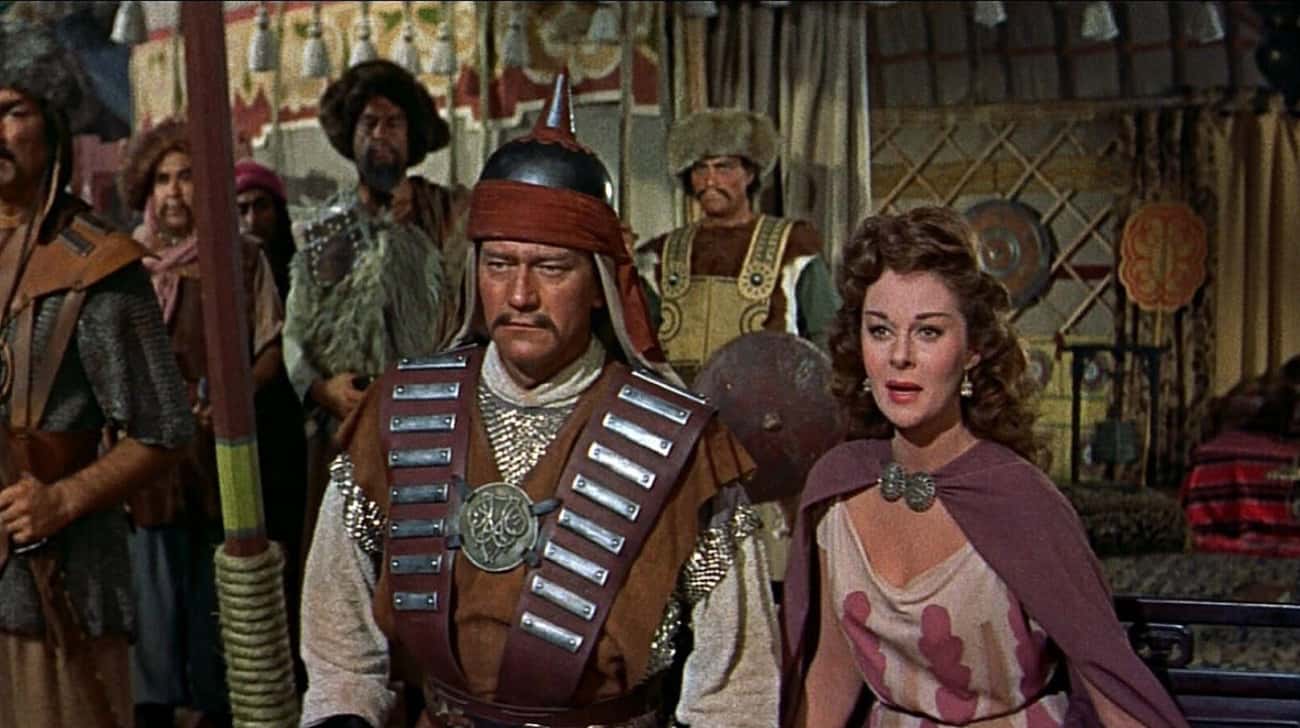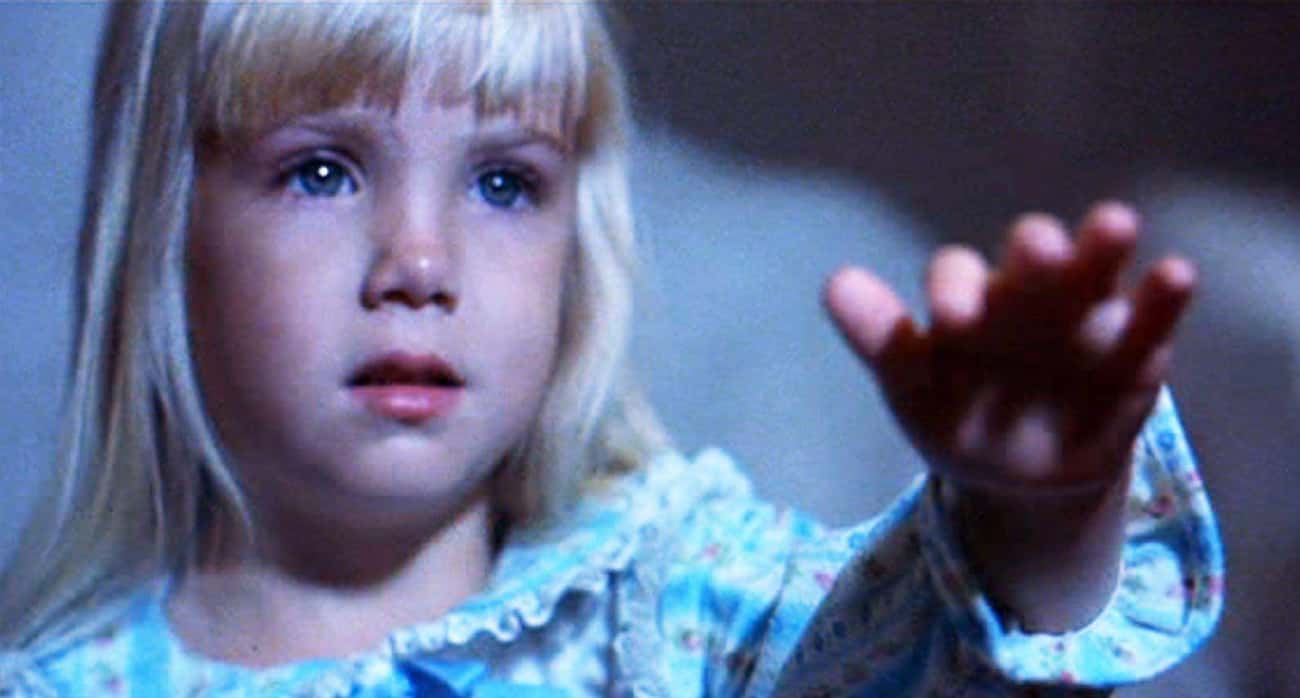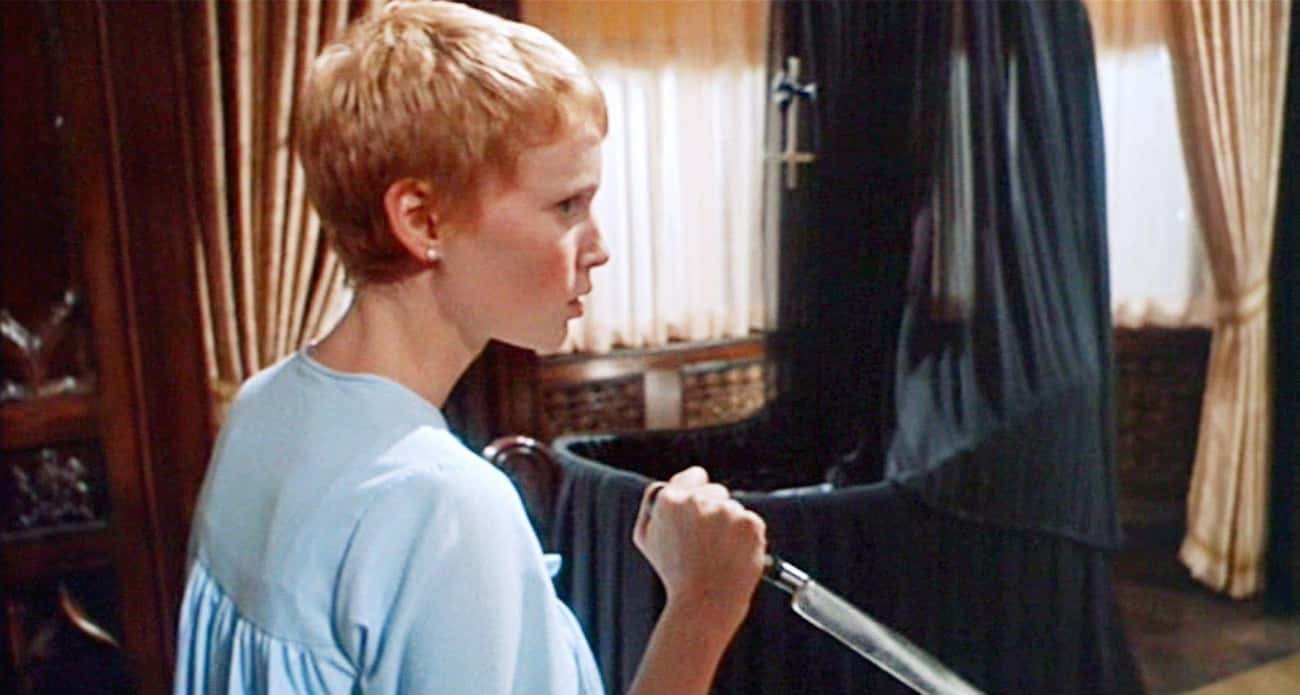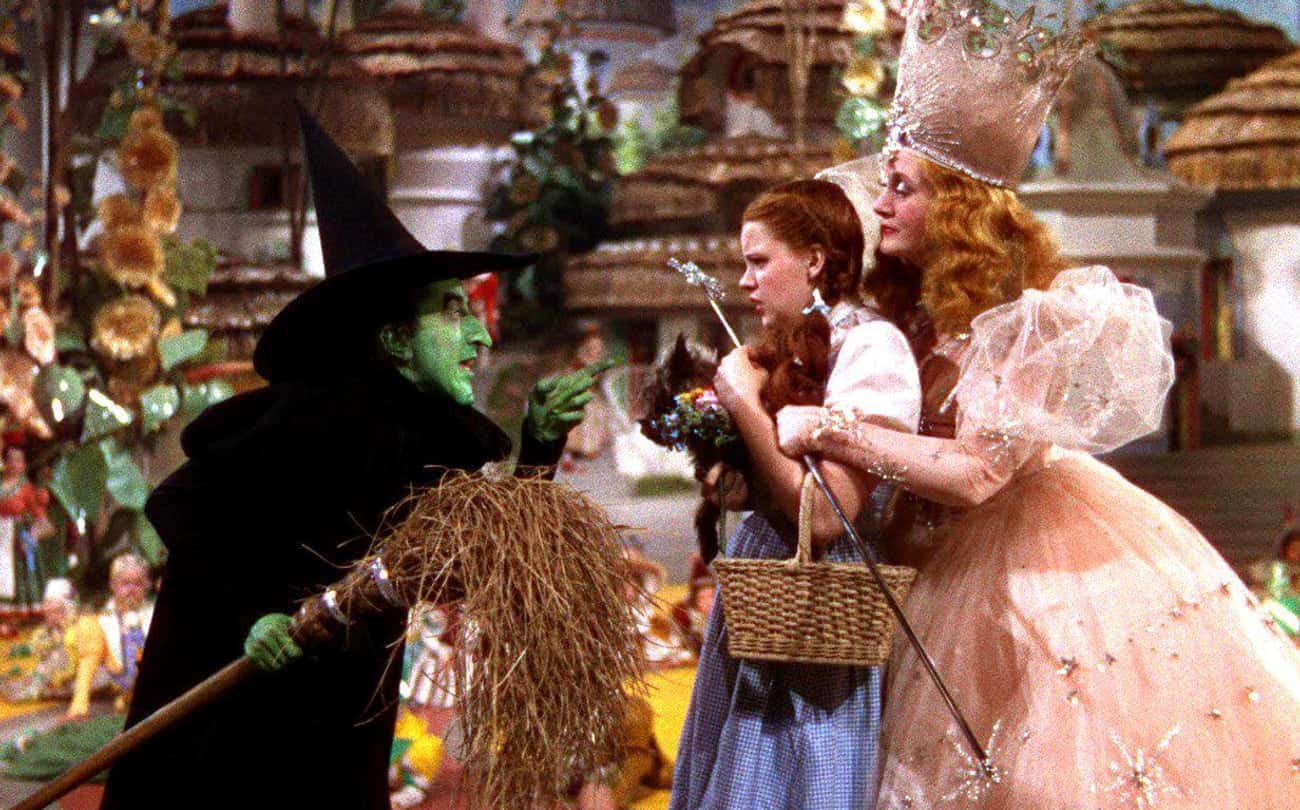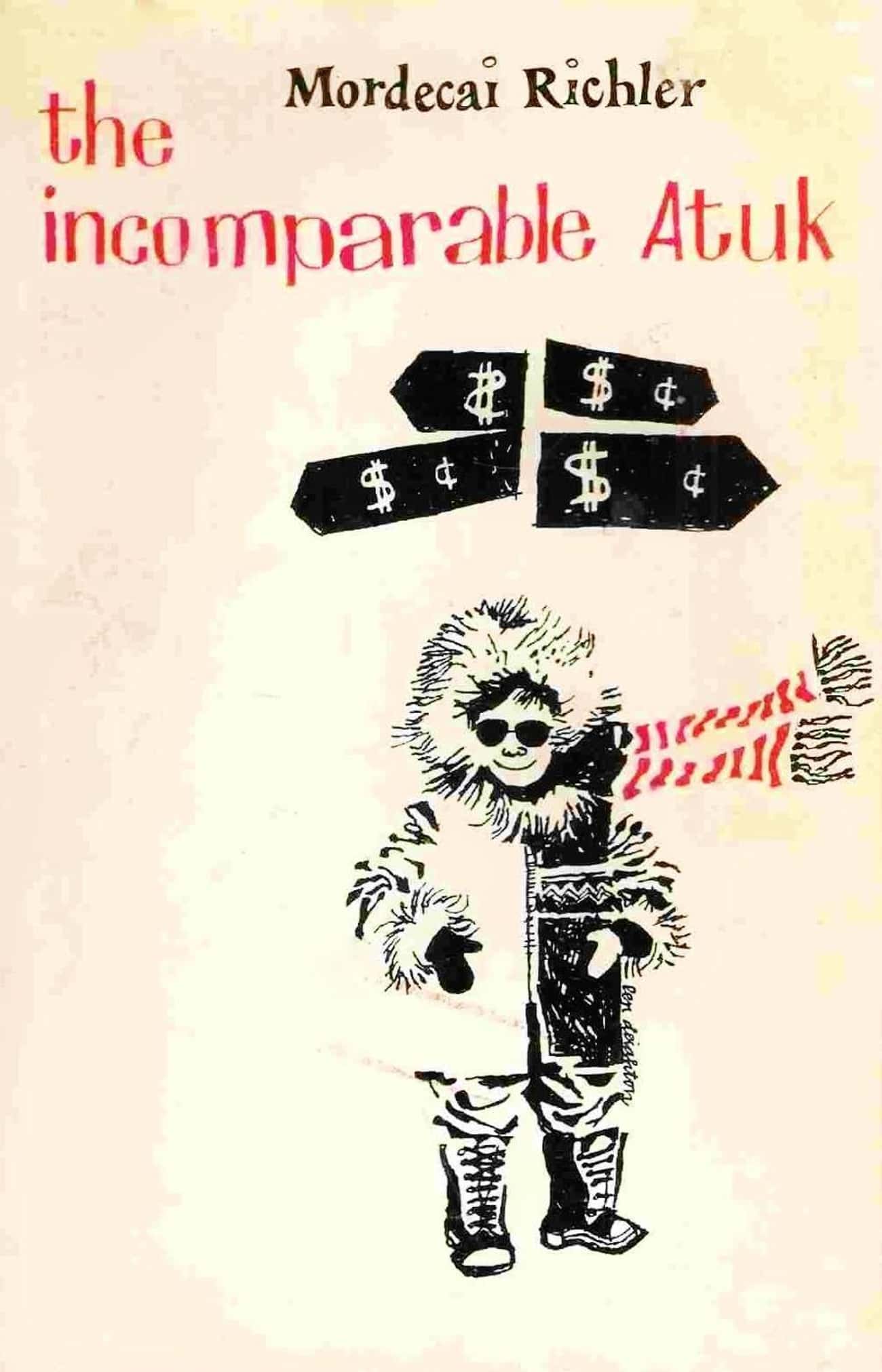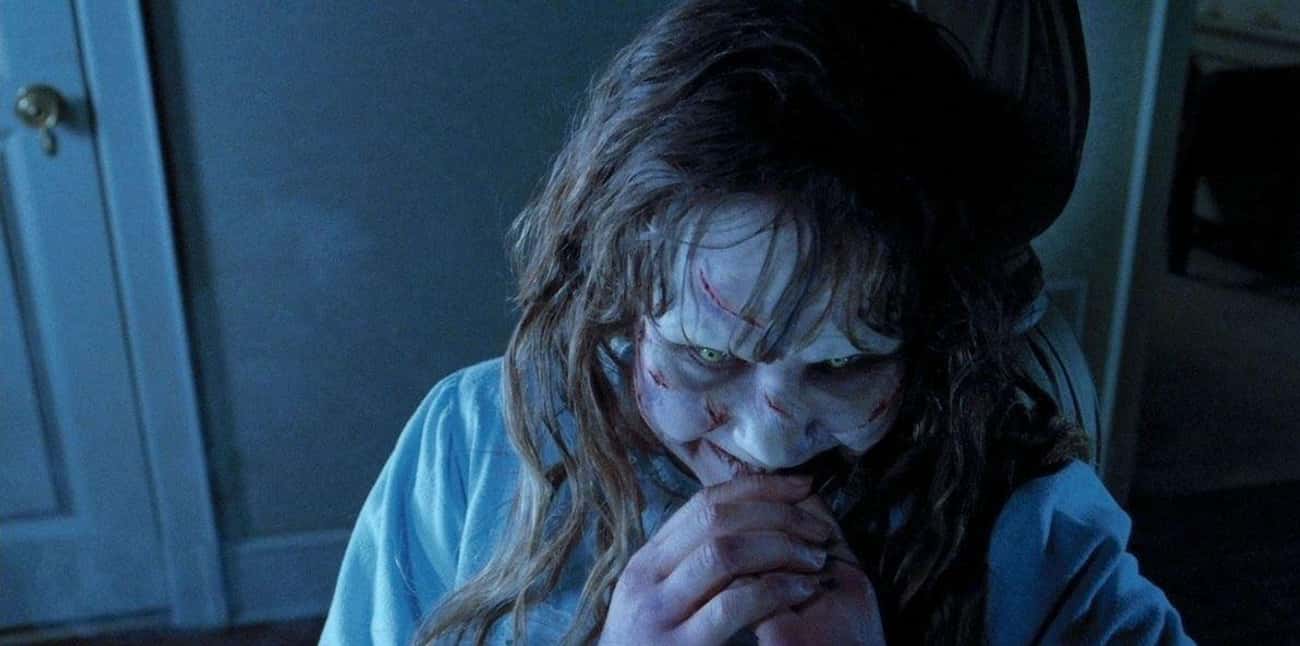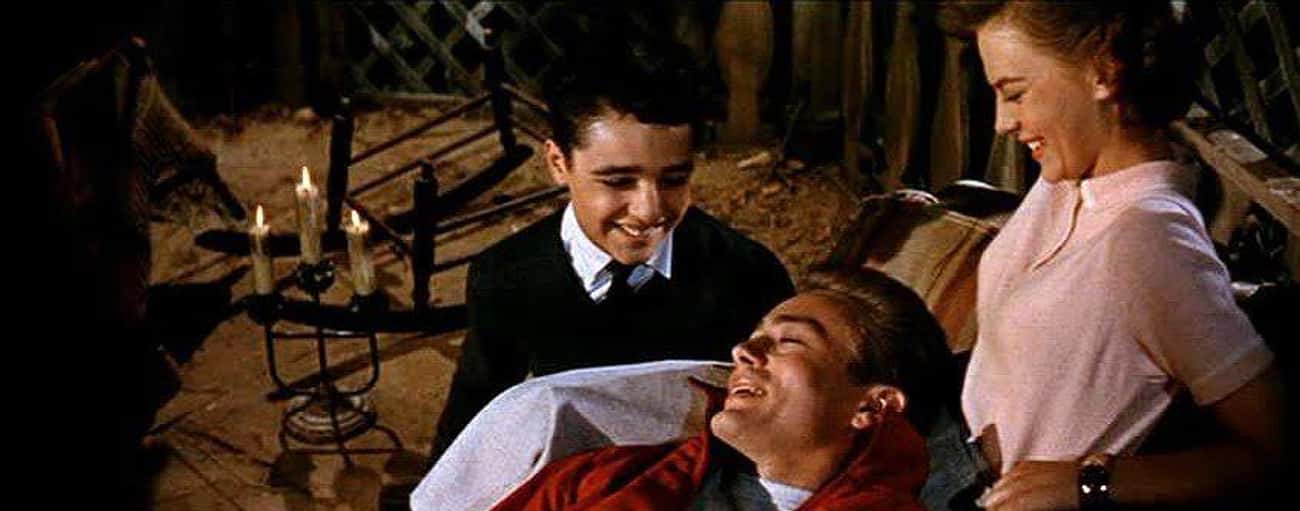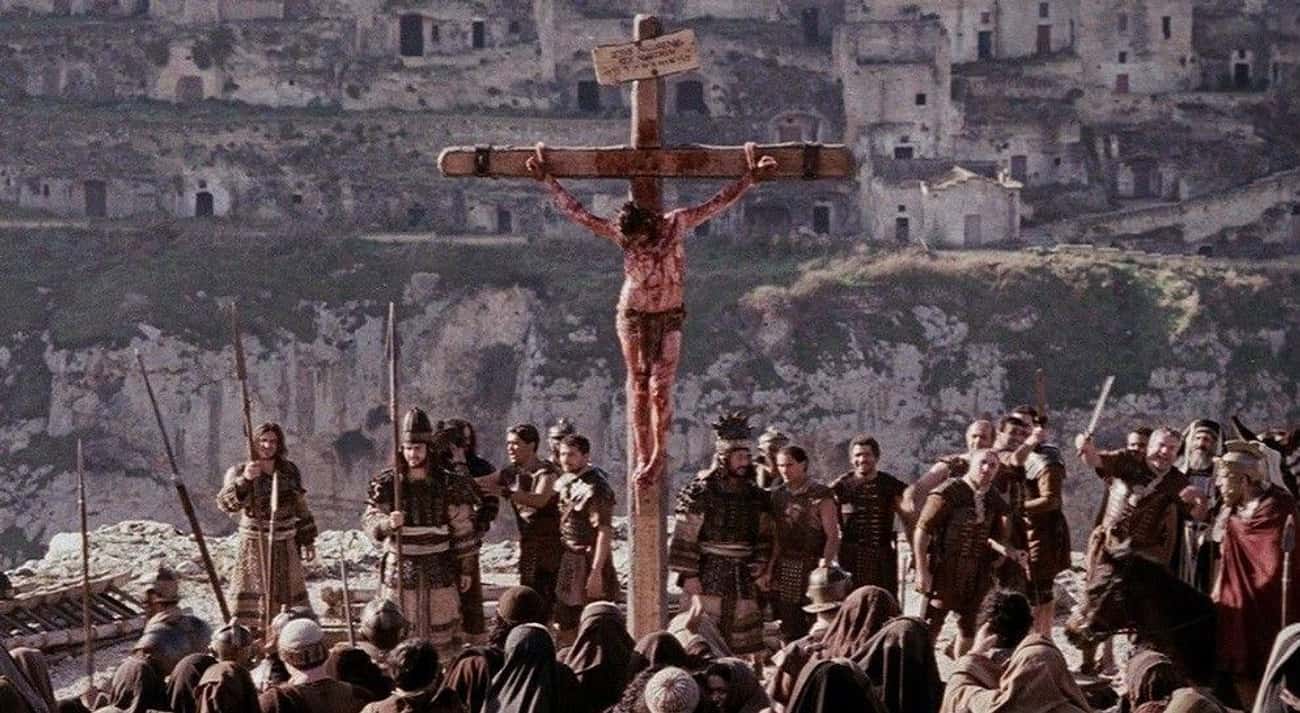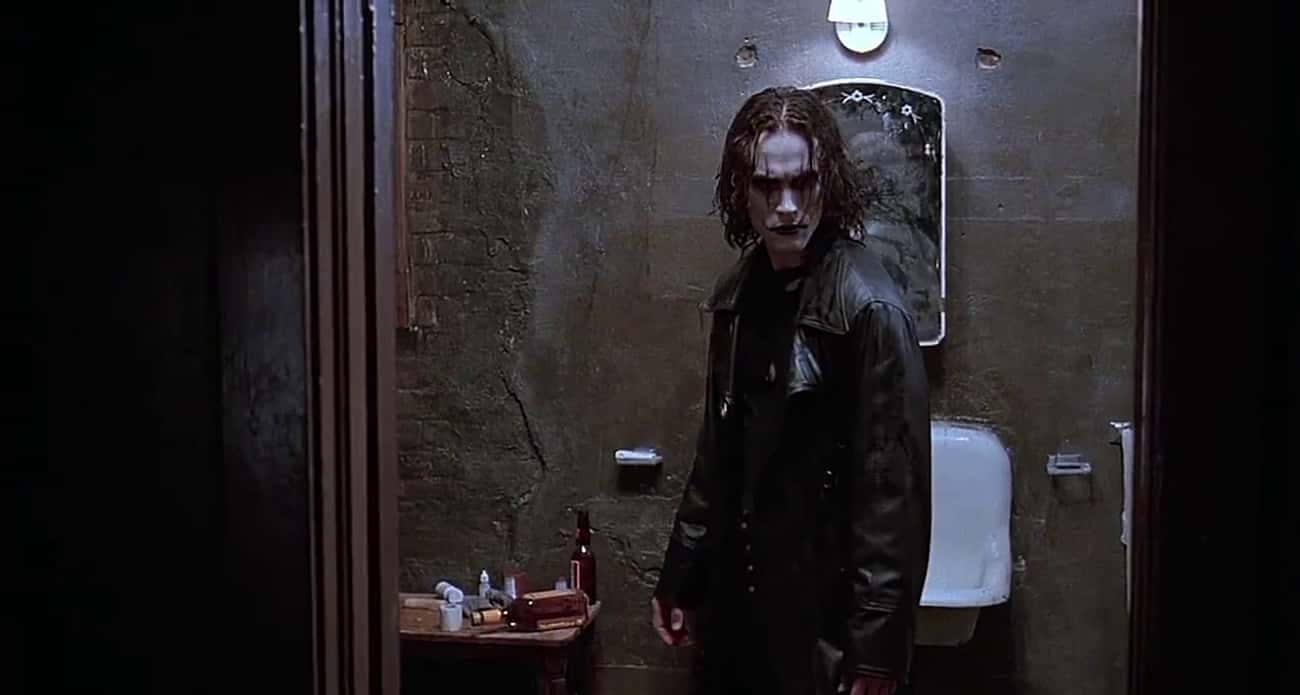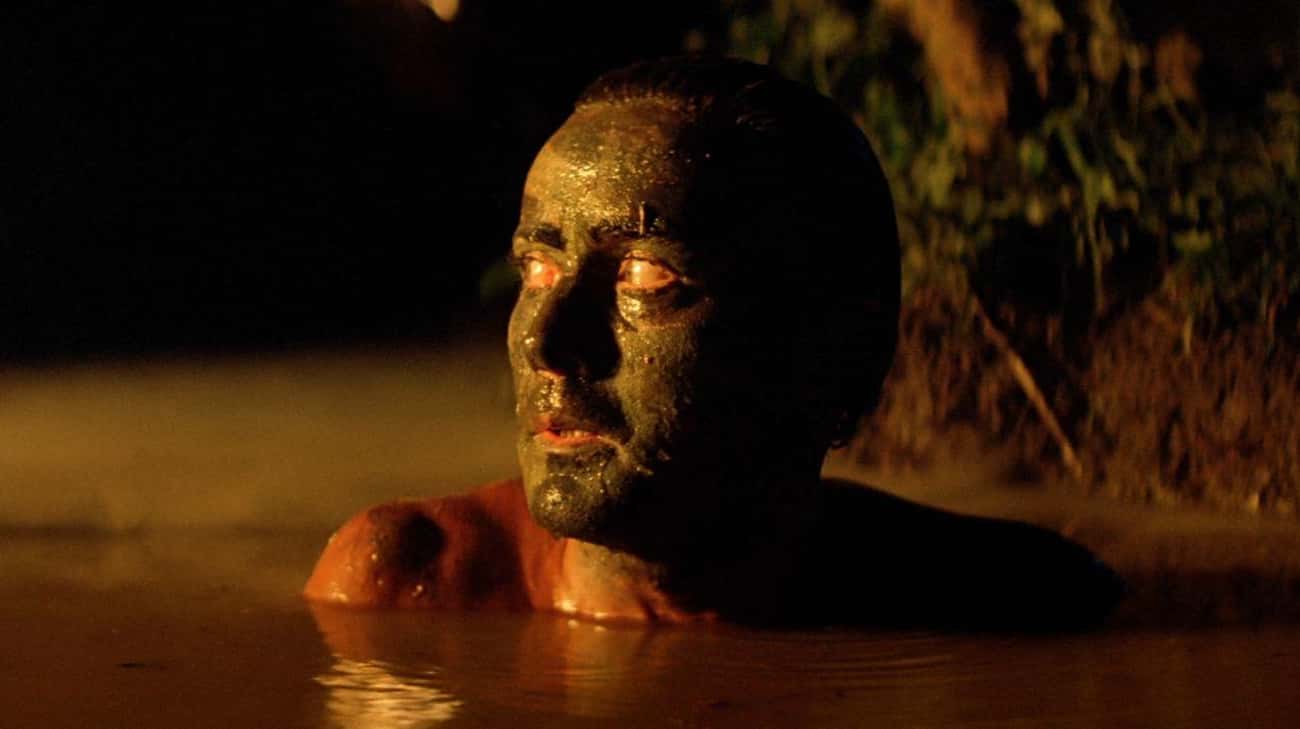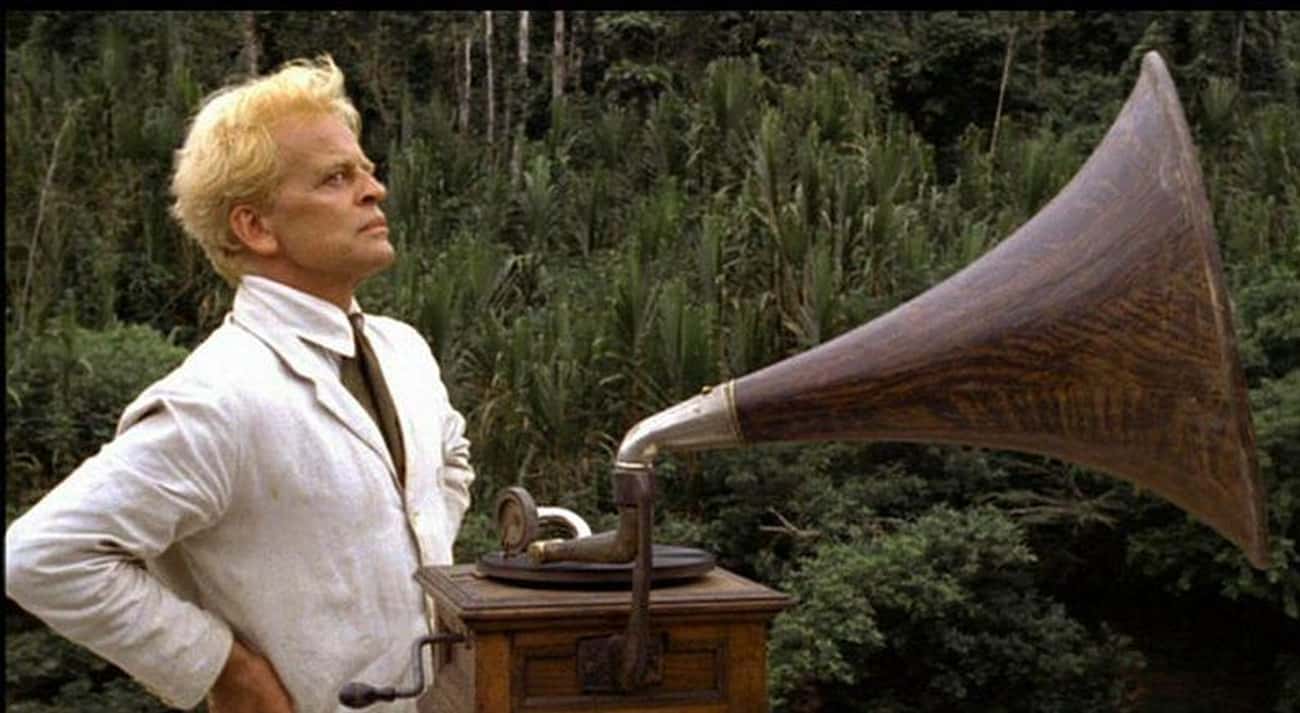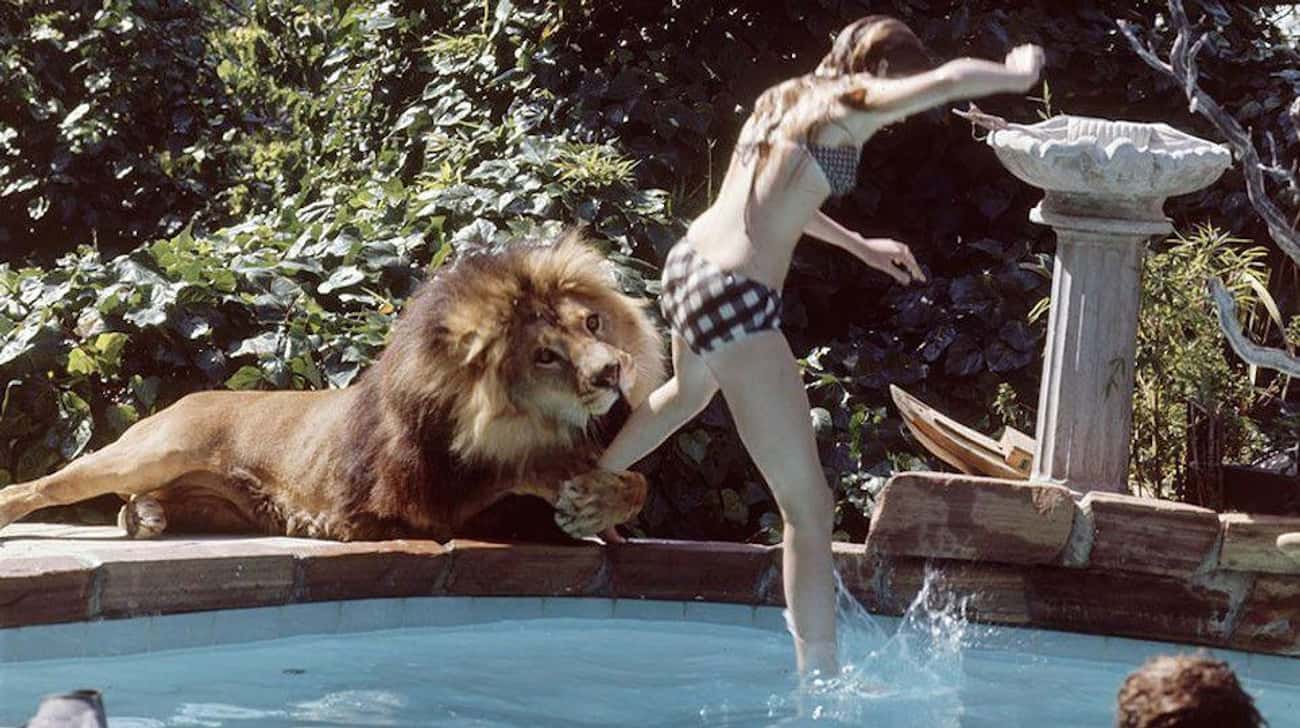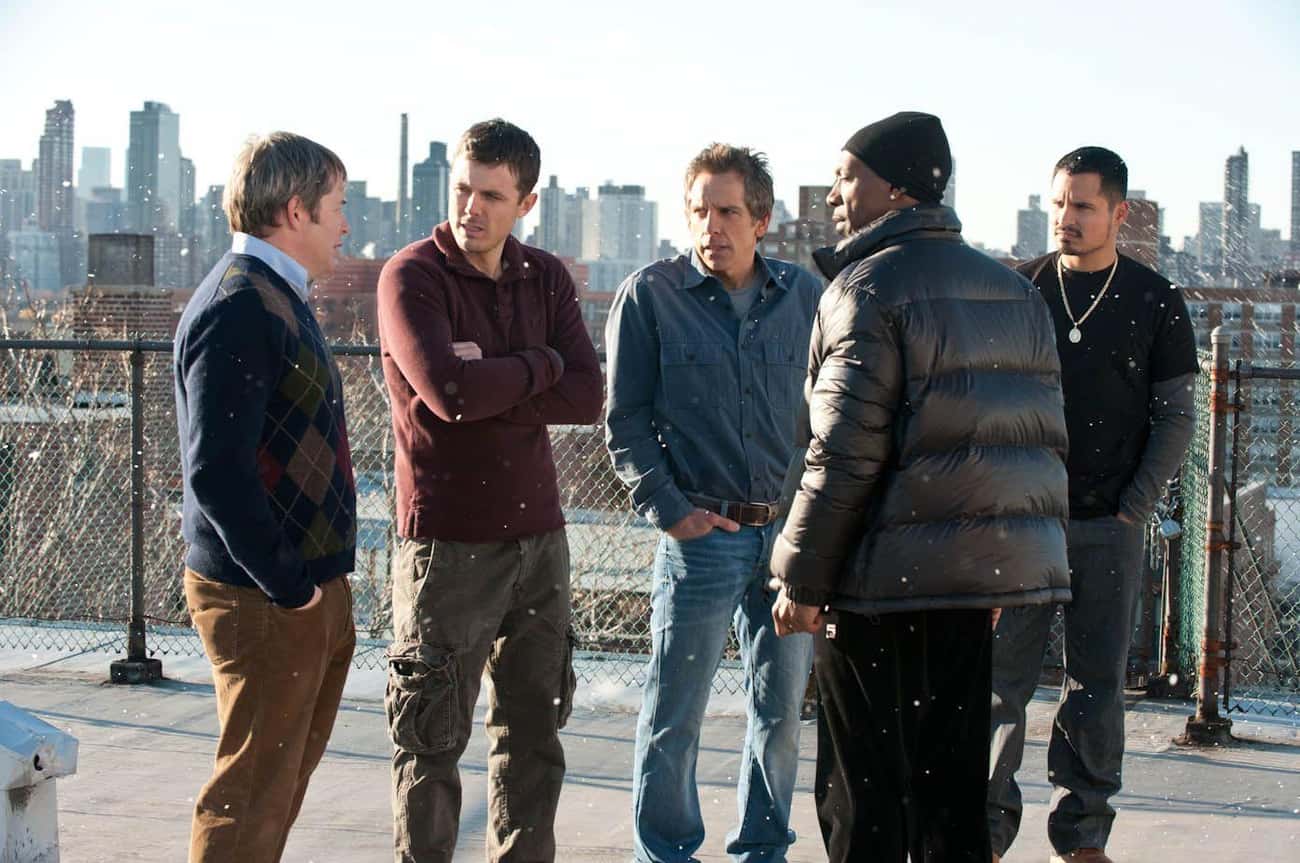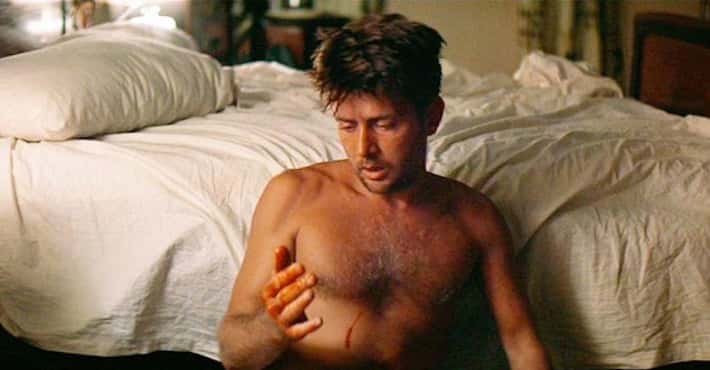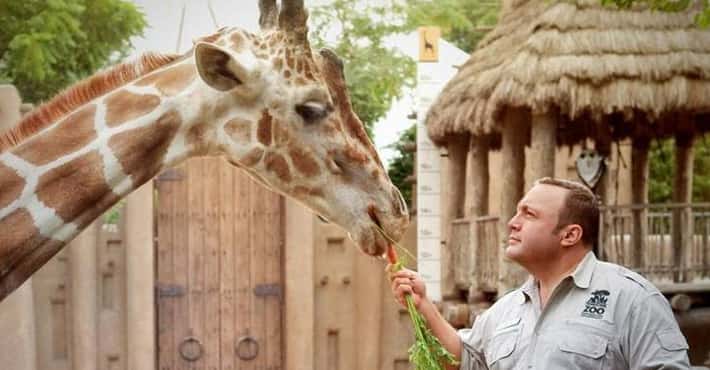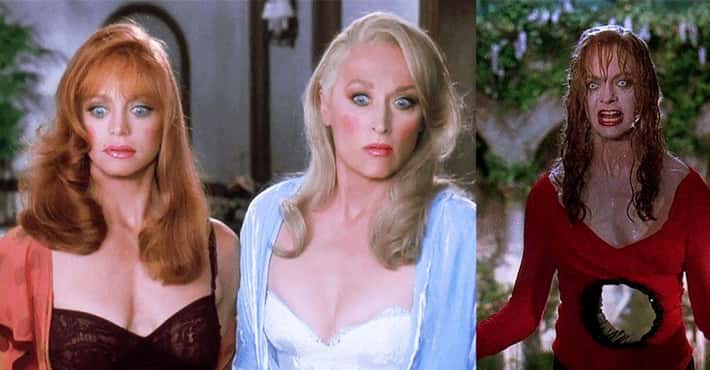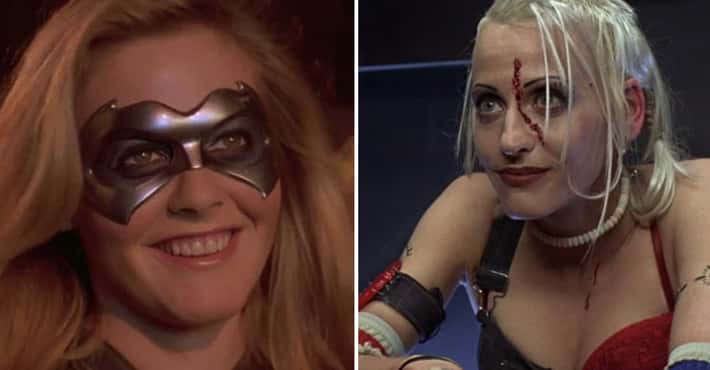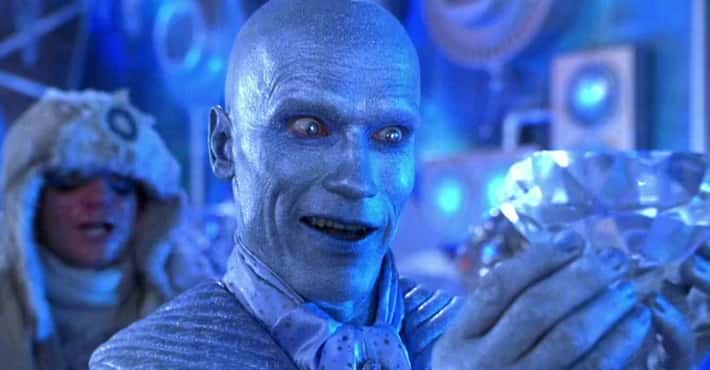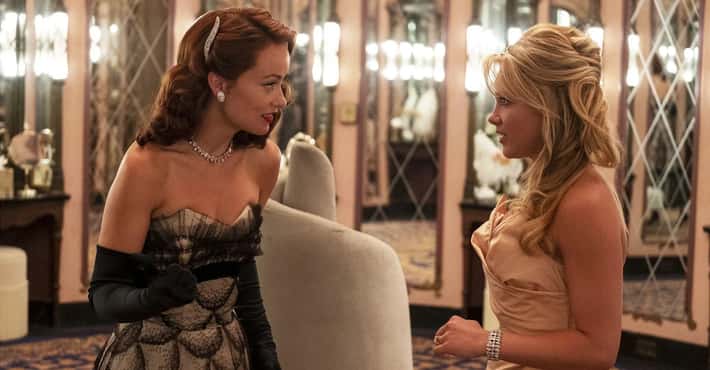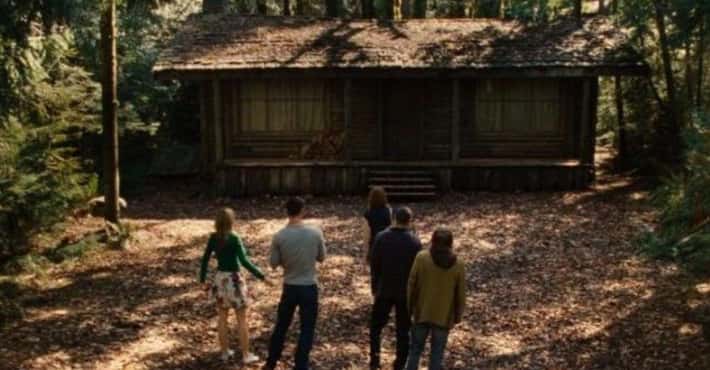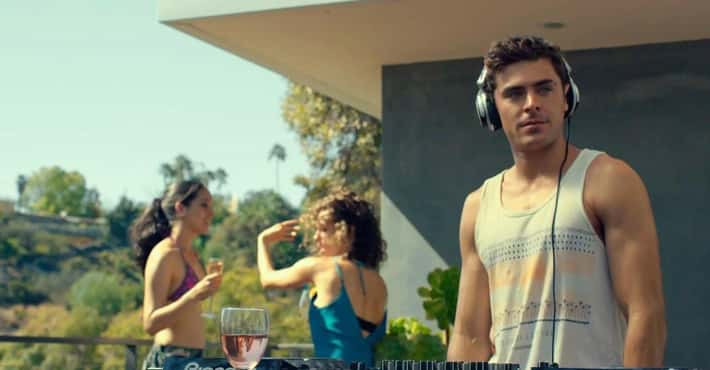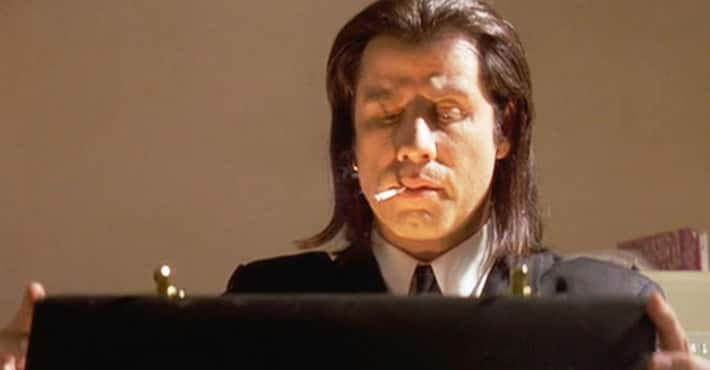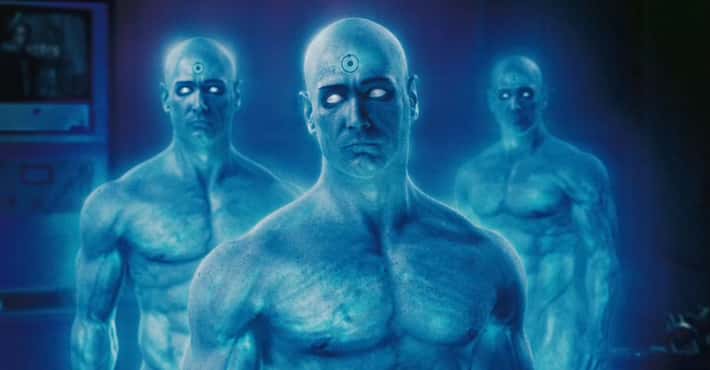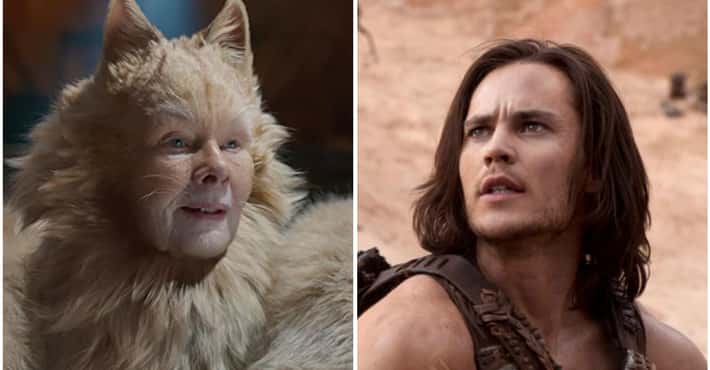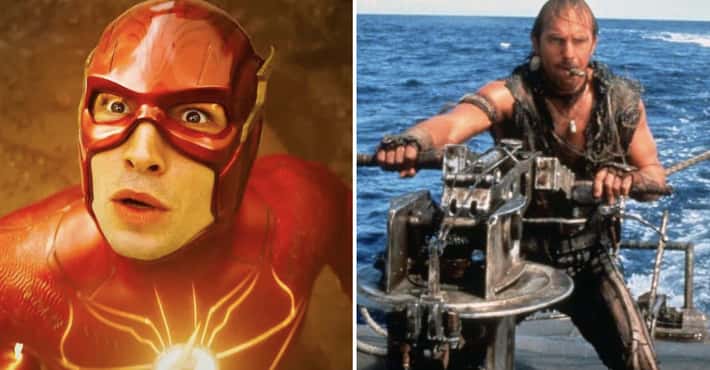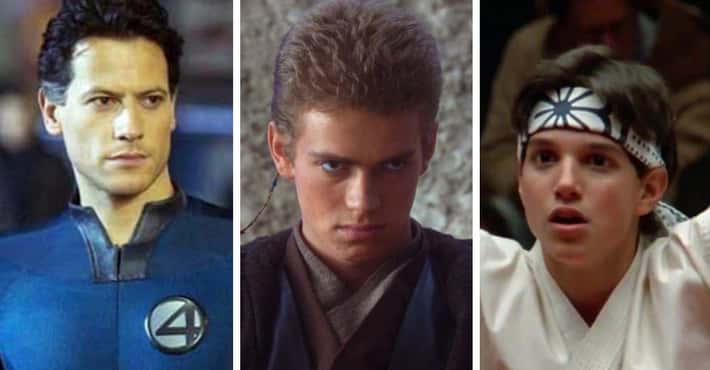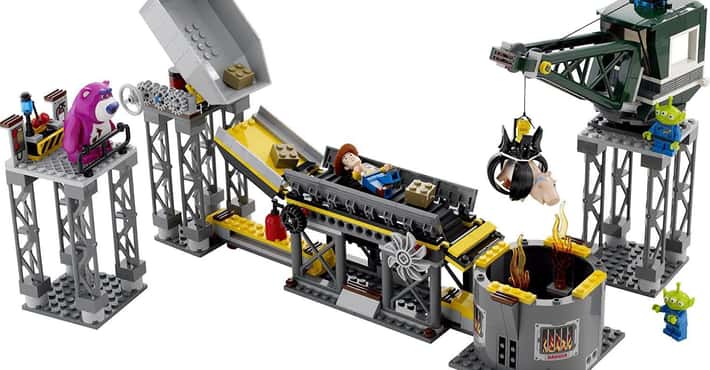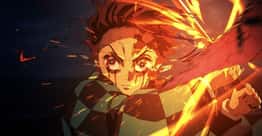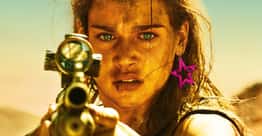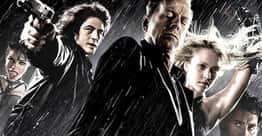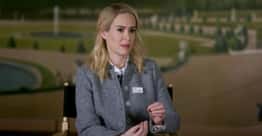The Most Infamous Cursed Movies Of All Time
A list of troubled or "cursed" movies, looking at deaths, illnesses, and mysteries surrounding some of the most infamous film productions of all time. A variety of films have been released that are thought to carry with them a "curse," due to the troubles faced by the cast and crew either during or immediately following the film's production. These incidents range from the tragic (as in the accident that cost Superman star Christopher Reeve the use of his legs) to the simply unfortunate (such as Tower Heist director Brett Ratner's use of a homophobic slur costing him a gig as Oscar producer)-
What are some of the most well-known movie curses? Regardless of whether you believe these creepy stories about cursed films truly represent something supernatural - or if they are simply regrettable coincidences - nevertheless the existence of so many such productions is uncanny and fascinating.
- Photo: Superman: The Movie / Warner Bros.
Christopher Reeve played the titular hero in Superman: The Movie and three sequels. The actor was paralyzed from the neck down after being thrown from his horse in a cross country riding event in 1995, and subsequently passed in 2004 due to heart failure stemming from his medical condition.
Reeve isn't the only person involved in the Superman films to face personal struggles. Margot Kidder, who played Lois Lane, suffered a bout of mental illness in 1996. She was found dazed and filthy, wandering the streets of Los Angeles. Richard Pryor, who appeared in Superman III, passed from multiple sclerosis only a few years later.
Believe it or not, this franchise wasn't the only troubled Superman series - spurring the nickname the "Superman curse." George Reeves, who played the Man of Steel in the 1950s television program Adventures of Superman, passed at the age of 45 in 1959. The official finding was that he ended his own life, but some believe he was a victim.
More Superman- Dig Deeper...Bizarre Facts Most People Don't Know About Christopher Reeve's 'Superman'
- #81 of 178 onThe 150+ Best Movies With Aliens
- #31 of 185 onThe Greatest Comic Book Movies Of All Time
- Photo: The Conqueror / RKO Radio Pictures
A number of principals involved in John Wayne's The Conqueror succumbed to cancer in the years following the film's release. Director Dick Powell passed from cancer less than seven years after the movie's 1956 debut. Actor Pedro Armendáriz was diagnosed with terminal cancer in the early '60s, filmed one last movie (the James Bond thriller From Russia With Love) to leave his family with money, then took his own life in 1963. Actress Agnes Moorehead passed from cancer a decade later, in 1974. Thereafter, both principal stars, John Wayne and Susan Hayward, were diagnosed with cancer and passed within four years of one another.
Combine this with the knowledge that above-ground atomic tests were run at Nevada's Yucca Flats - very near where the movie was filmed, in Utah's Snow Canyon State Park - and it seems obvious what happened. It's speculated that the cast and crew were exposed to radiation while making the movie (a controversial take on Genghis Khan), which caused their cancers. This theory was dismissed as an urban legend, as the passings could likely be traced to either the unhealthy lifestyles or coincidence.
- Photo: MGM/UA Entertainment Co.
How's this for a statistic: four actors who appeared in Poltergeist films passed within six years of the first movie's release. Dominique Dunne, who played Dana in the first movie, was slain by her former boyfriend at age 22. Julian Beck, who played Henry Kane in Poltergeist II: The Other Side, passed in 1985 of stomach cancer at age 60. He had been diagnosed before he had accepted the role. Will Sampson, who played Taylor the medicine man in Poltergeist II, passed as a result of post-operative kidney failure in 1987, at age 53.
Heather O'Rourke, who starred as Carol Anne Freeling in all three Poltergeist films, passed in 1988 at age 12 after being misdiagnosed with Crohn's Disease. During the course of being treated for a disease she didn't have, O'Rourke became ill and suffered cardiac arrest. Her family filed a wrongful death lawsuit against Kaiser Permanente Hospital, which treated her for Crohn's rather than the actual condition - a bowel obstruction - that in part led to her passing. The case was settled out of court.
More Poltergeist- Dig Deeper...Did Steven Spielberg Really Ghost-Direct ‘Poltergeist’?
- And Deeper...The Herrmann House Haunting Is Said To Have Inspired The Film 'Poltergeist'
- #197 of 772 onThe Most Rewatchable Movies
- Photo: Rosemary's Baby / Paramount Pictures
Director Roman Polanski's deeply unsettling film about a pregnant woman who may be in the thrall of a Satanic cult carries with it a number of unsettling stories from behind the scenes. Most famously, one year after the movie's release, Polanski's wife, actress Sharon Tate, was struck down by the Manson Family. She was eight months pregnant with the couple's first child at the time.
The film's producer, William Castle, suffered painful gallstones immediately following the film's production, eventually requiring a series of treatments and surgery. Composer Krzysztof Komeda passed from an unexpected fall. Castle later wrote in his memoirs that it felt like Rosemary's Baby was coming true in real life and that the cast and crew were being stalked by witches.
More Rosemary's Baby- #46 of 253 onThe 200+ Best Psychological Thrillers Of All Time
- #629 of 772 onThe Most Rewatchable Movies
- #39 of 396 onThe Best Horror Movies Of All Time
- Photo: The Wizard of Oz / Warner Bros.
Actress Judy Garland became a cinematic legend playing Dorothy Gale in The Wizard of Oz, but her personal life proved rocky after the film, in large part due to abuses heaped on her by the studio. She suffered four divorces, a string of infamous insecurities and neurosis, financial instability, and addiction struggles before passing from an overdose at age 47.
Problems for the Wizard cast didn't stop there. Four months after the movie was released, Frank Morgan, who played The Wizard, was involved in a serious car accident. Although he was left largely unharmed, his wife Alma suffered a crippling knee injury that would plague her for the rest of her life, and his chauffeur perished. Morgan passed in 1949, never seeing the film become a staple of television and an all-time childhood favorite.
Uncle Henry and Auntie Em met with bad luck following Oz. Charley Grapewin - who played Henry - passed in 1956, just before the film debuted on television, where it became a staple. Clara Blandick, who played Auntie Em, ended her own life when she was 81 years old.
The production of Wizard was similarly troubled, as a number of notable misfortunes took place on set. Several actors playing flying monkeys accidentally broke the wires holding them up and crashed down to the set (they had a net to prevent grievous injury). The actress playing the Wicked Witch of the West - Margaret Hamilton - was badly burned while filming a scene in which she explodes into flames. When she took time off to recover, a stand-in tried to replicate the stunt in her stead, only to be burned in the same fashion.
Atuk
Photo: The Incomparable Atuk / Random HouseAtuk is so cursed it never made it to the screen. The screenplay, based on the satirical novel The Incomparable Atuk, about an Eskimo who moves to New York City, has been kicking around Hollywood since 1971 when producer Norman Jewison bought the book rights.
Most major actors attached to the project have passed. John Belushi passed a few months after agreeing to star in the film. Comedian Sam Kinison signed to play the lead in 1988 and even filmed a few scenes, but the production fell apart due to disagreements between the actor and pretty much everyone else. He passed not long thereafter in a car accident.
In 1994, John Candy was attached but passed from a heart attack. A few months later, Michael O'Donoghue, a friend of Candy's who, according to rumor, went over the script with the actor, passed unexpectedly of a cerebral hemorrhage. Chris Farley was attached when he passed of a heart attack and, according to unverified rumors, Phil Hartman was also interested in or attached to the script when his wife ended his life.
- Photo: The Exorcist / Warner Bros.
While there's ultimately no logical reason to assume horror movies are more likely to be cursed than any other genre, seeing The Exorcist on a list of cursed movies is kind of like finding pickles in a pickle jar. During production, The Exorcist was beset by a slew of problems. The set for the home in which most of the movie takes place burned down. Actress Linda Blair injured her back when some rigging failed, and Ellen Burstyn was hurt so badly during a take the issue plagued her for decades after filming wrapped - the scream when possessed Reagan (Blair) throws her mother (Burstyn) to the ground, is real. Meanwhile, the son of Jason Miller, who played Father Karras, was seriously harmed when hit by a motorcycle during production.
Actor Jack MacGowran (Burke Dennings) and actress Vasiliki Maliaros (Father Karras's mother) both passed shortly after filming wrapped. MacGowran of the flu, Maliaros of natural causes. Linda Blair's grandfather and actor Max Von Sydow's (Father Merrin) brother also passed during production. The son of Mercedes McCambridge, who voiced the demon, felled his wife and two daughters before taking his own life after being accused of fraud in November of 1987. All told, nine people associated with the movie passed violently, mysteriously, or during or immediately after filming.
Various problems plagued The Exorcist upon its release. A woman at one screening broke her jaw and sued Warner Brothers. The case was settled out of court. The movie was banned for some time in the UK, and American evangelists believed running the film through a projector would bring about demonic possession.
- Photo: Rebel Without a Cause / Warner Bros.
Rebel Without a Cause introduced the world to a variety of young actors, many of whom met grim fates in the years following the film's release. Most famously, star James Dean perished while racing his Porsche 550 Spyder before the film's release, at the age of 24. He became one of the most recognizable and beloved actors of his generation, despite making only three films.
Dean's co-star, Natalie Wood, drowned amidst unusual circumstances in November 1981. She, husband Robert Wagner, and friend Christopher Walken had gone to Catalina Island for a weekend and were staying on a yacht. It's thought Wood awoke at some point during the night and attempted to get off of the boat, causing her to slip, fall, and drown. Her body was found floating face down nearby, and she was wearing only a jacket, nightgown, and socks.
A witness from another yacht later recalled hearing Wood calling for help, only to be ignored by someone else on the boat. The incident was deemed an accidental drowning, but suspicions of foul play have always surrounded the case, and Wood's sister Lana has made attempts to get the LA County Sheriff's Department to reopen the investigation.
Another Rebel actor, Sal Mineo, passed five years before Wood, after being stabbed in an alley in West Hollywood. He was 37. Finally, in a last bizarre twist on the Rebel curse story, Beverly Hills orthopedic surgeon Troy McHenry fitted his own car with parts from the Porsche Spyder in which James Dean passed. A year later, he perished when his Porsche Spyder hit a tree.
- #39 of 112 onThe 100+ Best Movies About High School
- #86 of 190 onThe Best Movies For Men
- #116 of 123 onThe Biggest Tearjerker Movies Of All Time
The Omen
Photo: The Omen / 20th Century FoxThe Omen is a film about a couple raising a child who may, in fact, be the son of the Devil. (Shades of Rosemary's Baby!) It's only natural there would be some superstitious rumblings around the production. But the making of The Omen was surrounded by genuine tragedy on all sides.
Two months before filming commenced, star Gregory Peck's son ended his own life. Later that year, when Peck was flying to London to make the movie, his plane was struck by lightning. A few weeks later, executive producer Mace Neufeld was flying to London and his plane was also struck by lightning.
Neufeld's hotel was later bombed by the IRA, as was a restaurant where a number of the cast and crew were planning to dine. A tiger handler on the site perished in an unlikely incident, while another plane hired to do aerial work on the film went down while working on another production, terminating everyone on board. Even after the film was finished, troubles and tragedies abounded.
Eight months after working on the film, special effects consultant and designer John Richardson suffered injuries in a collision in Holland that dispatched his assistant, Liz Moore. A road sign by the incident read: Ommen, 66.6 km (Ommen is a city in the Netherlands). Richardson was in Holland working on the film A Bridge Too Far along with a colleague from the set of The Omen, stuntman Alf Joint. While performing a standard stunt on A Bridge Too Far (jumping off of a rooftop onto a large inflatable cushion) Joint slipped awkwardly and was badly hurt. He later told friends he felt like he had been pushed.
Rumors of the curse of The Omen have abounded for years, and director Richard Donner, Neufeld, and others associated with the film eventually spoke in interviews about the superstitions. Actor Harvey Stevens - who played young Damien in the movie - and Gregory Peck both refused to speak about the curse for the remainder of their careers.
Mel Gibson's retelling of the story of Christ's passing faced numerous challenges while filming, and they weren't even related to the infamous director's run-ins with the law. Jim Caviezel, who plays Jesus in The Passion of the Christ, suffered numerous injuries during the production, including being struck by lightning (witnesses reported seeing smoke rising from his head), dislocating his shoulder while carrying the crucifix, and having a portion of his flesh ripped off while being fake-whipped.
The film's assistant director, Jan Michelini, was also struck by lightning - twice - on set. John Debney, who wrote the score, called the job the most difficult assignment of his life and claims he closely felt the presence of Satan in his studio while working on the film.
The film's release also brought with it a slew of tragedies. On the movie's opening day, actor Carl Anderson - who played Judas in Jesus Christ Superstar - passed following a prolonged fight with leukemia. The film's Kansas advertising sales manager, Peggy Scott, passed after suffering heart failure during the film's brutal crucifixion scene.
- #613 of 772 onThe Most Rewatchable Movies
- #10 of 126 onThe 100+ Grossest Movies Ever
- #280 of 369 onThe Best Movies Based On Books
The Crow starred Brandon Lee, son of the legendary martial arts star Bruce Lee, as an anti-hero who was slain by gang members and then rose from the grave to seek revenge. Only eight days before the film was scheduled to wrap production, Brandon Lee perished after receiving an unintentional shot to the abdomen. A metal tip from a dummy bullet became lodged in a prop gun that was fired at the actor.
The incident takes on creepy overtones when you consider the pedigree of Lee's father, Bruce, who passed at the age of 32 from acute cerebral edema due to a reaction to compounds present in the drug Equagesic. Bruce had also been filming a movie when he passed, 1973's Game of Death.
A variety of supernatural causes have been offered for the early demise of father and son. Many of these legends are tied to an early recollection of Bruce's, which he describes as seeing a ghost - looking like a black shadow - which held him down and refused to release him. It's said that, when Bruce Lee's father passed at the age of 64, Bruce had a premonition he would only live to half his dad's age, 32 years.
Some have speculated Bruce - and possibly his son - were targets of an underground organization. Brandon allegedly believed that there was a curse on his family, which may have related to an incident when his grandfather became a target for shady Chinese businessmen.
More The Crow- Dig Deeper...'The Crow' May Have Been Cursed — And Not Just Because Of Brandon Lee's Death
- #287 of 772 onThe Most Rewatchable Movies
- #29 of 99 onThe Greatest Movie Soundtracks Of All Time
- Photo: Apocalypse Now / United Artists
Whether Apocalypse Now was cursed or plagued - with bad decision-making, worse timing, a mountain of drugs, and an unfortunate series of coincidences - is in the eye of the beholder. Suffice it to say, it was such a mess that there's a documentary about it: Hearts of Darkness, which was famously dubbed better than Apocalypse Now on Community. The shoot has been called "hell on earth," and director Francis Ford Coppola has said: "Little by little, we went insane."
Things started going wrong from the get-go. Steve McQueen, Jack Nicholson, Al Pacino, and Robert Redford all turned down the lead role, then Harvey Keitel was fired shortly after being hired. Martin Sheen stepped in to take the part as his alcoholism spiraled out of control. The opening sequence in the film, during which Sheen has a drug-induced breakdown, was not staged; he was really losing it. At one point during filming, Sheen, who suffered a heart attack during filming, told friends in the US (the movie was filmed in the Philippines) he thought he was going to perish. Coppola, meanwhile, had a seizure, partly endued by stress from blaming himself for Sheen's heart condition.
Pretty much everyone was high all the time. Dennis Hopper demanded cocaine as part of his payment, and Sam Bottoms was taking speed and LSD the entire time. The crew used real bodies rather than dummies in some scenes, monsoons destroyed sets that took months to build (and months to rebuild after they were destroyed), helicopters would zip away to fight guerilla paramilitary groups in the middle of filming (at the behest of the country's dictator), tigers roamed the set late at night, and cast and crew members were stricken with a variety of tropical diseases.
Perhaps a coincidence, or a natural result of aging, the two actors most well-known for doing copious amounts of drugs on the film's set, Sam Bottoms and Dennis Hopper, passed within two years of one another, the former of a brain tumor, the latter of cancer.
More Apocalypse Now- #17 of 264 onThe 200+ Best War Movies Of All Time
- #493 of 772 onThe Most Rewatchable Movies
- #55 of 156 onThe Best Ensemble Movies Of All Time
- Photo: Fitzcarraldo / Filmverlag der Autoren
When German mad man Werner Herzog elected to tell the tale of a similarly crazed man pulling a giant steamship over a mountain in South America to raise funds to build an opera house in the jungle, he thought it prudent to actually pull a giant steamship over a mountain in South America for the production. If that film, Fitzcarraldo, wasn't cursed, then it's one of the great cases of Murphy's Law you'll ever read.
Fitzcarraldo was in pre-production for two years, during which newspapers throughout the world ran stories on how indigenous crew members were being exploited (which seems not to have been the case). A production camp set up in Peru as a base for filming was abandoned and burned to the ground when a conflict broke out with neighboring Ecuador.
Still, Herzog forged onward, completing nearly half the film with Jason Robards in the lead role. Then Robards contracted dysentery and was unable to continue filming, which rendered all Herzog's footage useless. This was especially tough for Herzog because the footage featured what was apparently a great performance by Mick Jagger as "retarded actor sidekick."
Klaus Kinski replaced Robards and the film was completed, which required refilming everything shot with Robards. During the process, the production was caught in a tribal war and suffered two plane crashes as well as a drowning. Kinski, reportedly a deranged diva, was so difficult to deal with that the local tribesmen working on the film offered to slay him for Herzog.
More Fitzcarraldo- #49 of 67 onThe Best Movies Of 1982
- #382 of 399 onThe Best Movies Of The 1980s, Ranked
- #182 of 200 onThe 195+ Greatest Adventure Movies
- Photo: Roar / Drafthouse Films
Roar is an exploitation film about volatile wild animals made by people who elected to go whole hog and use actual wild animals. Despite bringing some serious problems upon themselves, the filmmakers were so beset by problems it's hard not to believe the film was cursed. In 2015, Roar was dubbed "the most dangerous movie ever made."
The lions used in Roar wreaked havoc. One scalped cinematographer Jan de Bont (who went on to direct Speed), another bit star Tippi Hedren on the neck. Hedren, who starred in The Birds broke a leg and suffered scalp injuries when she was bucked off an elephant. Melanie Griffith was mauled in the face by a lion, Director, writer, and co-star Noel Marshall got gangrene after an attack, and an assistant director had his throat ripped open. All told, 70 members of the cast and crew were harmed by animals, and hundreds of stitches were sewn.
Roar took 11 years to finish, during which a massive flood caused $3 million in damages to Marshall's ranch, where filming took place. The film was a financial disaster during its European release and didn't appear in theaters in the US until 2015 because no one wanted to distribute it. Many of the real unfortunate incidences ended up in the film, making it as much a documentary of a disaster as it is a film about animal ambushes.
The Man Who Killed Don Quixote
Photo: TMWKDQ / Warner Bros.TMWKDQ was so cursed it never came into being, and you can watch the documentary Lost in La Mancha to see how it failed. The script follows the story of a 21st-century ad executive sent back in time and mistaken for Sancho Panza by Don Quixote. When writer-director Terry Gilliam first tried making the film, starring Johnny Depp, in 2000 (the movie went back into production in 2017), things went wrong from day one.
On the first day of filming, Gilliam and crew realized their location was overwhelmed by deafening noise from a nearby NATO airbase, meaning sound would all have to be recorded in post-production for that location. Flash floods and hail damaged equipment and permanently altered the look of the landscape, meaning no footage recorded previous to the flooding could be used because it wouldn't match.
Actor Jean Rochefort, who was playing Don Quixote, herniated a disc during production, which made it impossible for him to continue filming. This shut down the production for good. The screenplay ended up in the hands of the company that insured the film, making it impossible for Gilliam to make the film without first getting the rights back.
The House of the Devil and The Innkeepers
Photo: The House of the Devil / MPI Media GroupWriter-director Ti West had such a haunted experience while filming The House of the Devil he based his follow-up film, The Innkeepers, on it. Both films were perhaps more haunted than cursed - no strange passings or serious harm sustained, but a whole lot of creepy stuff going down during production.
Speaking with IndieWire, West describes all the spooky things that went down at the hotel where the cast and crew stayed while making The House of the Devil.
We would go and shoot this satanic horror movie nearby, but the weirder stuff would happen back at the hotel... The staff at the hotel believe it's haunted. The whole town believes it's haunted. So it has this kind of mystique to it...
I'm a skeptic so I don't really buy it. But I’ve definitely seen doors close by themselves; I've seen a TV turn off and on by itself; lights would always burn out in my room. Everyone on crew has very vivid dreams every night, which is really strange.
To recapture the cursed vibe of The House of the Devil, West filmed The Innkeepers, West filmed the latter at the same hotel the cast and crew stayed in for the former. He recounts his experience returning to the hotel:
The dreams came back the first day I walked in. The vibe was there. [Actress] Sara Paxton would wake up in the middle of the night thinking someone was in the room with her. Everyone has stories, but I was too busy saying, 'Let's shoot this! We have 17 days!'
- #318 of 396 onThe Best Horror Movies Of All Time
- #86 of 108 onThe Best Intelligent Horror Movies
- #12 of 55 onThe Best Horror Movies About Cults and Conspiracies
- Photo: Tower Heist / Universal Pictures
Tower Heist, originally conceived by star Eddie Murphy as an African-American nod to the Ocean's films, opened in November to a disappointing first weekend (especially considering the all-star cast). But the film's string of disappointments went beyond the financials.
The film's director, Brett Ratner, lost his job as producer of the Oscars telecast just days after the film opened. (While promoting the film at a Q&A session, Ratner stated that he felt "rehearsals are for f*gs," and the ensuing controversy over his use of the derogatory term led to his resignation from the Academy Awards show.)
Far more tragically, rapper Heavy D, who had a cameo in the film, was found in his driveway only 5 days after the movie was released. He had suffered from a pulmonary embolism and perished.
More Tower Heist- #79 of 137 onThe Best Movies Of 2011
- #111 of 155 onThe Best Ensemble Movies Of All Time
- #18 of 31 onThe Greatest Heist Caper Movies, Ranked


